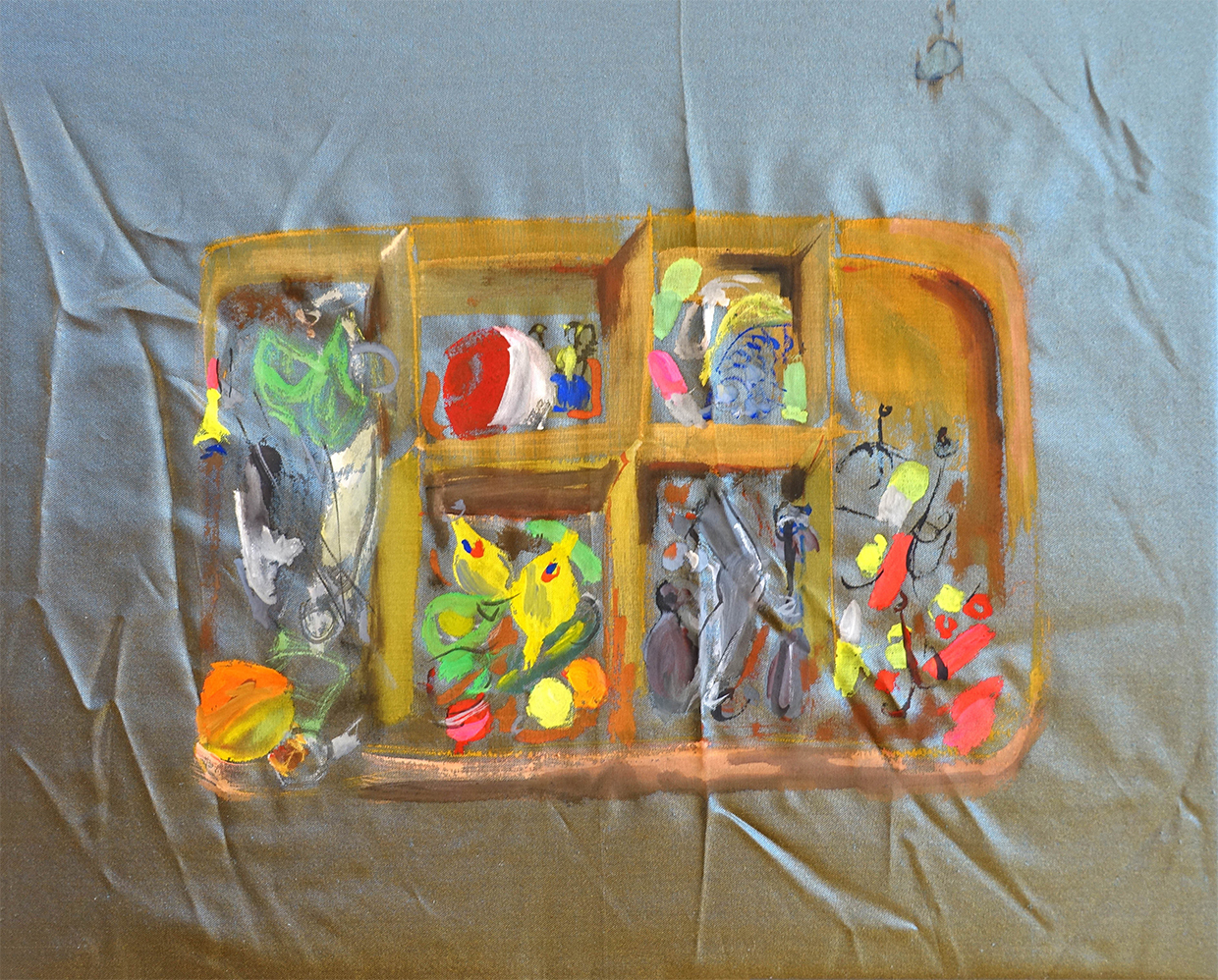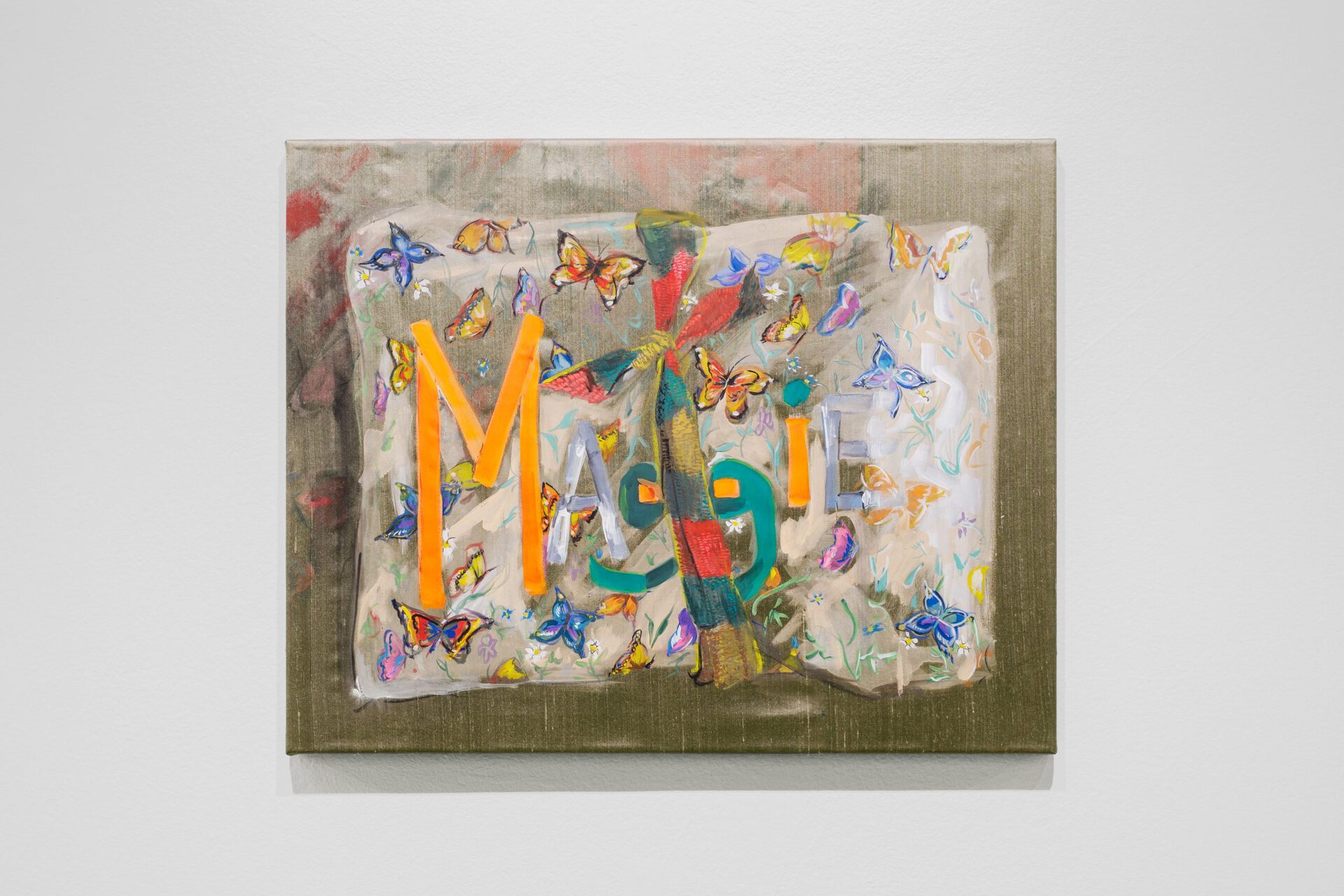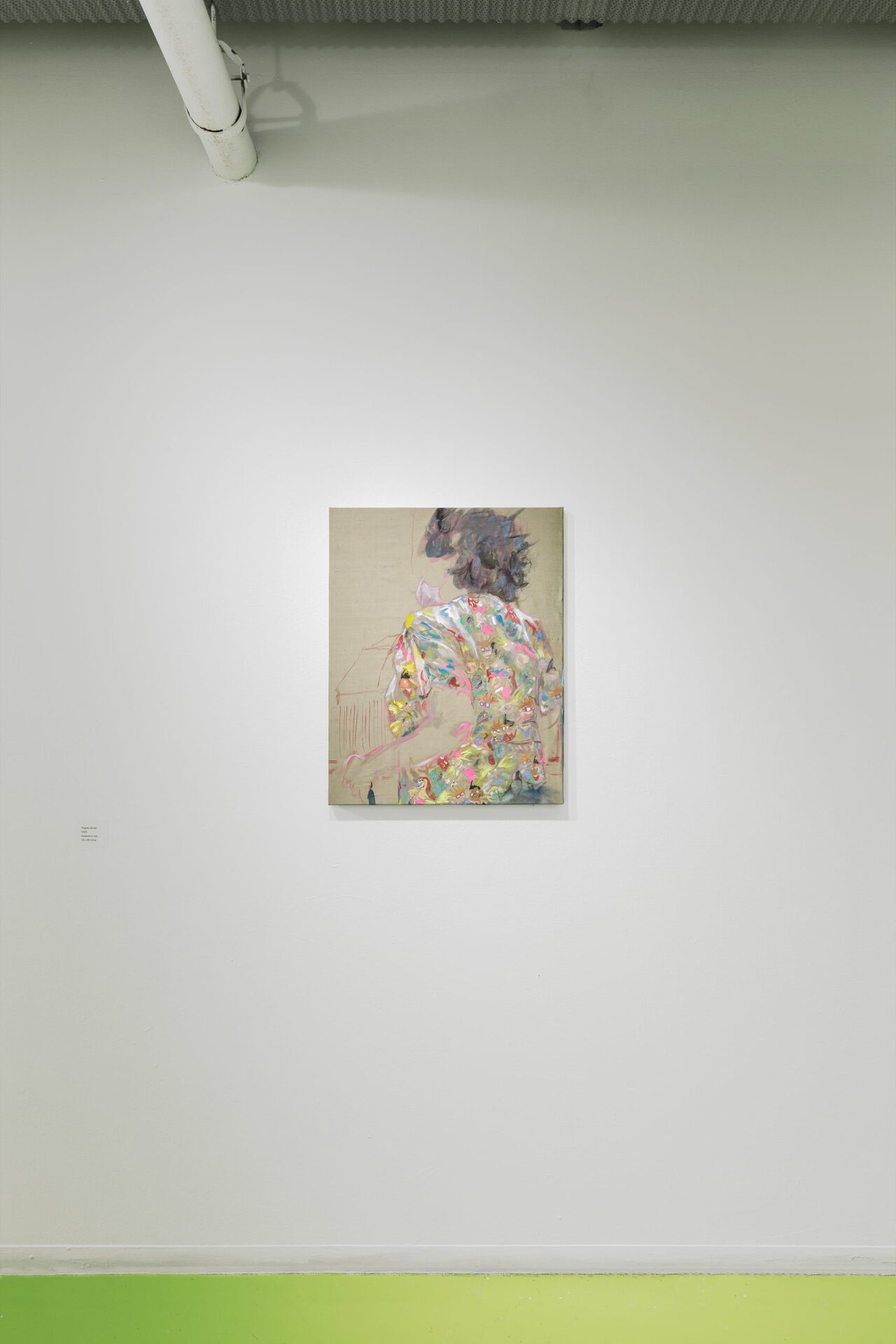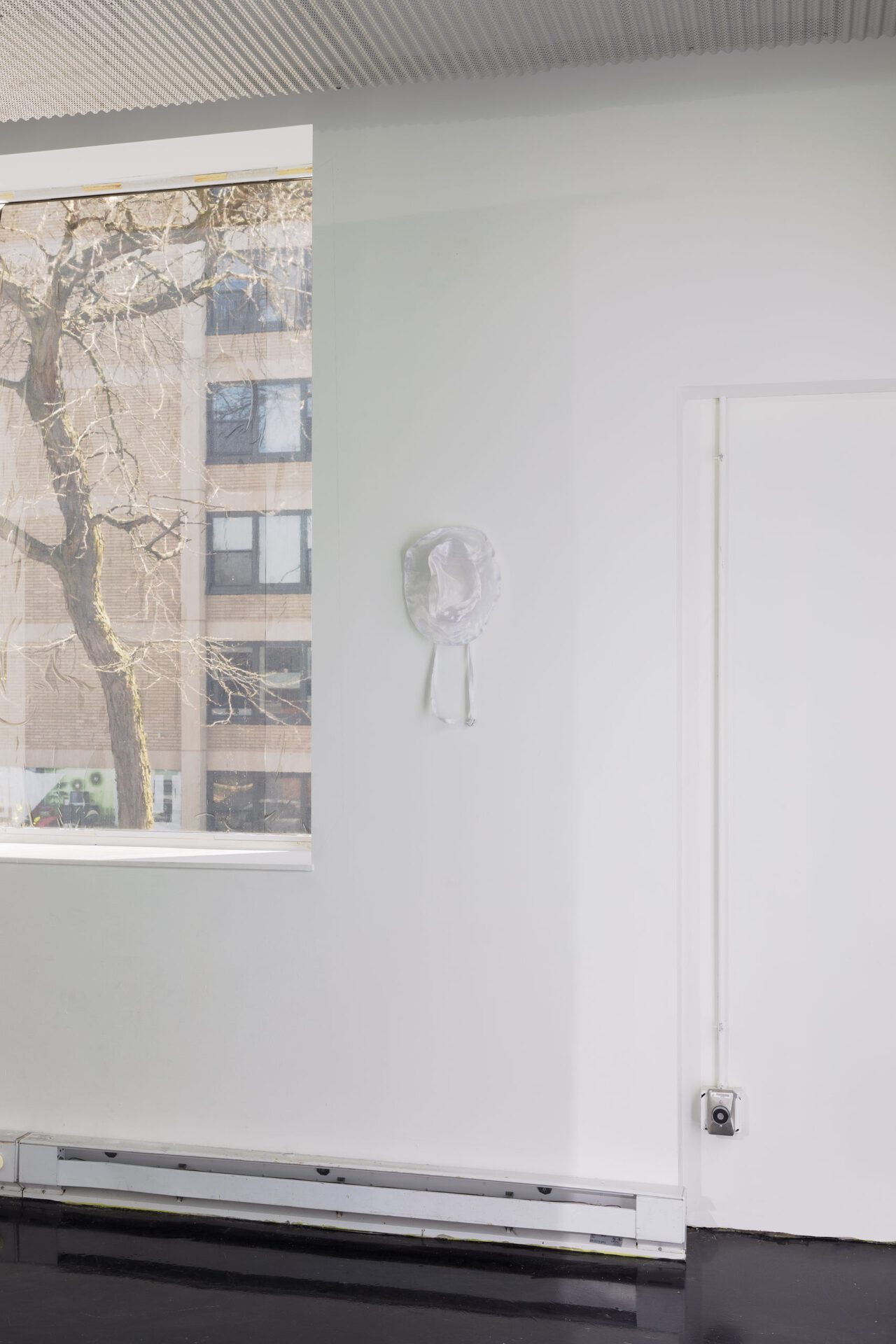Archive
2021
KubaParis
Playmate






Location
Hyde Park Art CenterDate
11.04 –05.06.2021Curator
Allison Peters QuinnPhotography
Useful Art ServicesSubheadline
The exhibition title, Playmate, references the portable Igloo cooler beloved by laborers.Text
Equipment of the Earth: The Midwest and Materiality in Maggie Crowley’s Playmate by Sara Rouse
"I believe in beauty. I believe in stones and water, air and soil, people and their future and their fate."
- Ansel Adams
Maggie Crowley's first solo exhibition in Chicago hits close to home. Here together in the Spring of 2021, we've been holding our breath for over a year. The first gulps of new air simultaneously hurt and heal. As hope slips in and fear seeps out, it must be acknowledged that we continue to navigate incredible ambiguity and anxiety about the future. Now we begin to embrace each other- some for the first Time in a long Time.
Over the past year, like many of us, Crowley has been walking a lot. She walks her Pilsen neighborhood, the aisles of discount fabric stores, around the edges of parks, and familiar land in her childhood hometown of Ottawa, IL. She wears a deep and specific two mile path between her home in Chicago and her painting studio. Day after day passes, and we build a pracHce from where we lay our eyes, what we can touch. Crowley's paintings are assemblages formed from her practice of looking. Her neighborhood's gestures and patterns, her mother's hair salon, and her grandfather's tools all appear as everyday altars, painted in layers of gouache on silk.
She turns her attention to utility fabrics, safety vests, gloves, soapstone, flowers, checker patterns and combs – all expressed through a focus on the acute value of these materials and the people who wield them. The exhibition's Htle, Playmate, is an eponym, a packed lunch, the beloved cooler that the artist associates with rituals of labor, symbols of care, and the tools that become companions in working lives.
At first pass, Crowley's eye may seem most tuned into her study of Roofer (Torres). She brings clarity to the oblique portrait even though we don't recognize their masked face. She watches closely and articulates the roofer's subtle body language through a love of fabric and fold. She paints the tension held in their back and the scoop of a hoodied neck, tired, looking up. These are cloudless examples of her interests. But as time passes, the images begin to become more remembered and dreamlike and her specific style of combining representation and abstraction starts humming with complexity.
Speaking with the artist about her infatuation with reflective utility vests, thick work gloves, and patterned fabrics lead us immediately back to walking and working in the city.
"I'm attracted to the camaraderie and uniforms unique to workers. I was a parks department employee all throughout high school and college, and I know the rhythm, loneliness, and sometimes peacefulness of the job. I've always loved municipal worker and service uniforms. My grandpa wore a Dickies uniform my entire life, even on his days off. My dad wore a pearl snap canvas uniform for welding. My mom, an apron. My first experience of the uniform was at church with nuns and priests, and then my own school uniform. A lot of the photos I've taken have this casualness, almost swagger—Like how you act when you are alone or when you don't think anyone is watching. It's really a beautiful thing. The textures of a small town (trucks, uniforms, coolers, religion, sentimentality, workism, country music lyrics, drinking, fishing) make up a lexicon I work from to point at the cultural mythology of a collapsing class."
Crowley explores both visibility and legibility most succinctly in Invisible Safety Vest, a hand-sewn facsimile of a uniform meant to protect bodies by making them highly visible in dangerous situations. Here she renders the garment in a gossamer-like material that becomes a ghost separated from its function. Rugrat Scrubs feels quick, like a moment's impression slipping through our fingers, but it's concretely felt. The painting centers on the busy, familiar cartooned pattern. Crowley renders it loosely, making it a gesture on silk. But we immediately know this person. They are likely a nurse or healthcare worker, turning to their next task, living in their scrubs, brightening the air around them with color and care. This is where looking and recording give way to Crowley's translation of the embodied experience of being together. She reveals something about the painter and the painted. Crowley explains,
"Diane Arbus called it 'the secret about the secret’. I think it’s peace of mind. While I'm searching for affect, carving it out in images and situations, it also comes to life in materials, specifically textiles, patterns, and shadows. The couch feels sat on. A bruise reminds you of a jagged edge of a mountain. The crook of a toe reaching to the other foot feels like a hot fever. Embodiment is scaffolding to vita activa (Hannah Arendt) or the things that make a life."
Anniversary is a painting that sits between worlds. A bouquet sits high and centered on a golden swath of silk, meant to gather in a modest abundance on the floor. The flowers were given to Crowley's parents for their 35th wedding anniversary. Her sibling selected each bloom with a premeditated significance. The subject and substrate are quoting modes we're taught to respect; a religious icon, a carefully rendered still life, a union. This sentimentality is grounded in the curriculums of art history but also of Midwestern homes. The emblem's fragility comes from the shared experience that those ideas- like any marriage- are much more meandering and difficult to survive than we freely admit. There is a relief in Anniversary's sincerity in its depiction of something special.
Subject and material are entangled with increasing complication as Crowley describes a moment, cuts away, abruptly sews in color, and threads us through her community. As the work flexes between the language of the working class and the history of painting, it takes on her clear and confident voice. In Crowley's words, "All of this is about the handedness of my people, something sacred to me." Playmate invites us to reconsider the complexity of value and things that need to be seen.
Sara Rouse is an artist, archivist, and writer from Tennessee. She received her B.F.A from the University of Tennessee at Chattanooga in 2012 and her M.F.A. from the University of Chicago in 2015.
Sara Rouse